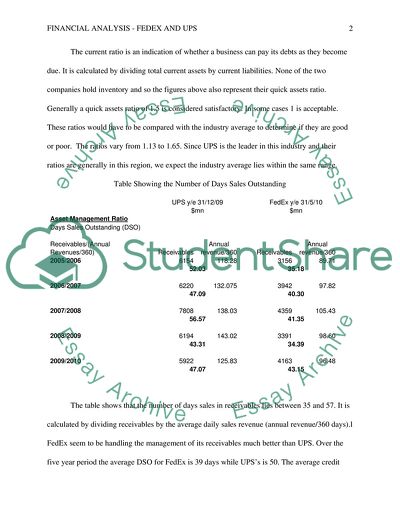Cite this document
(A Comparative Analysis of FedEx Corp and United Parcel Service Inc Term Paper, n.d.)
A Comparative Analysis of FedEx Corp and United Parcel Service Inc Term Paper. Retrieved from https://studentshare.org/finance-accounting/1745782-analyze-financial-statements
A Comparative Analysis of FedEx Corp and United Parcel Service Inc Term Paper. Retrieved from https://studentshare.org/finance-accounting/1745782-analyze-financial-statements
(A Comparative Analysis of FedEx Corp and United Parcel Service Inc Term Paper)
A Comparative Analysis of FedEx Corp and United Parcel Service Inc Term Paper. https://studentshare.org/finance-accounting/1745782-analyze-financial-statements.
A Comparative Analysis of FedEx Corp and United Parcel Service Inc Term Paper. https://studentshare.org/finance-accounting/1745782-analyze-financial-statements.
“A Comparative Analysis of FedEx Corp and United Parcel Service Inc Term Paper”, n.d. https://studentshare.org/finance-accounting/1745782-analyze-financial-statements.


